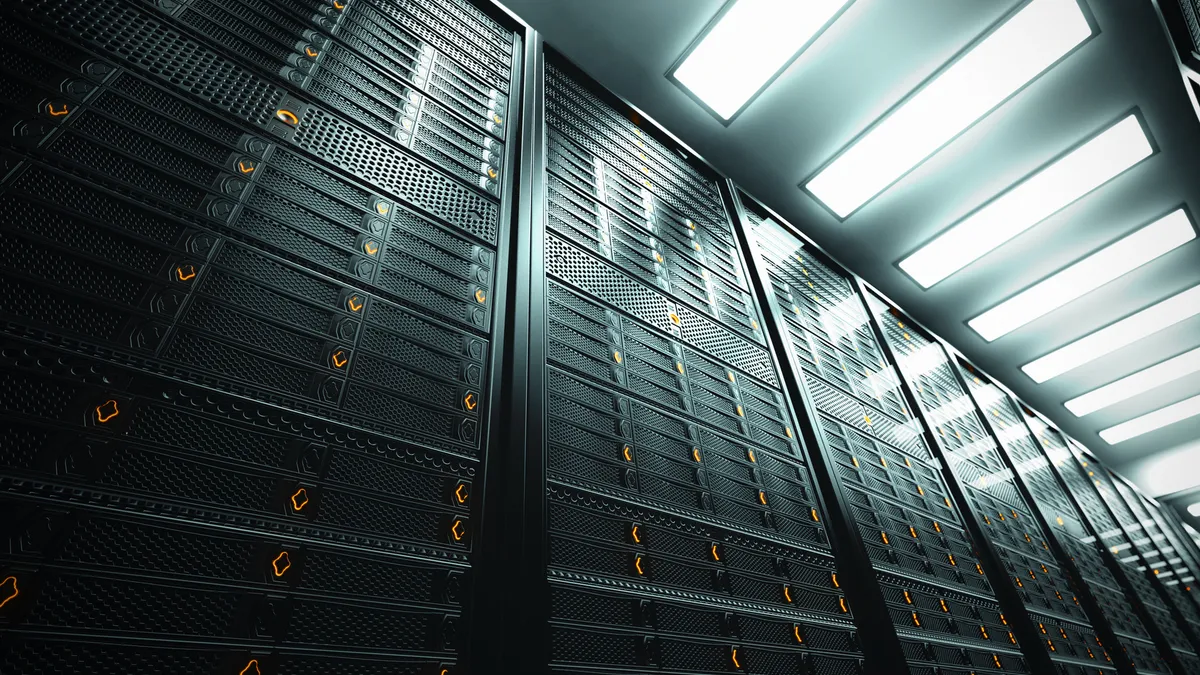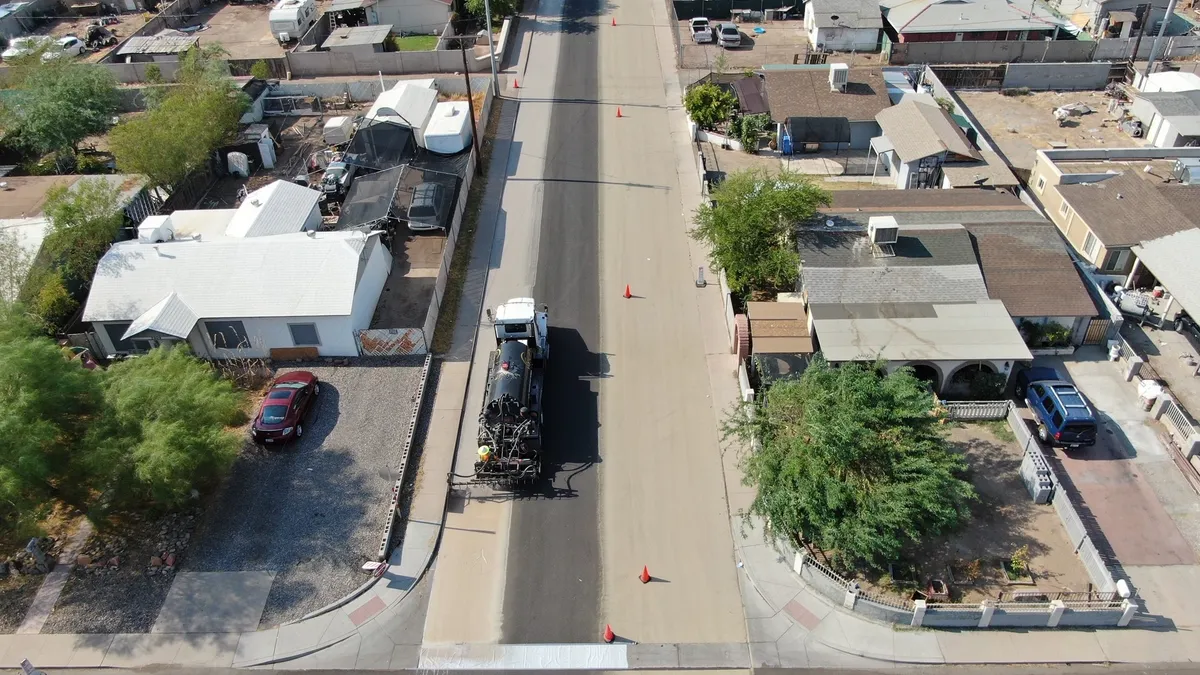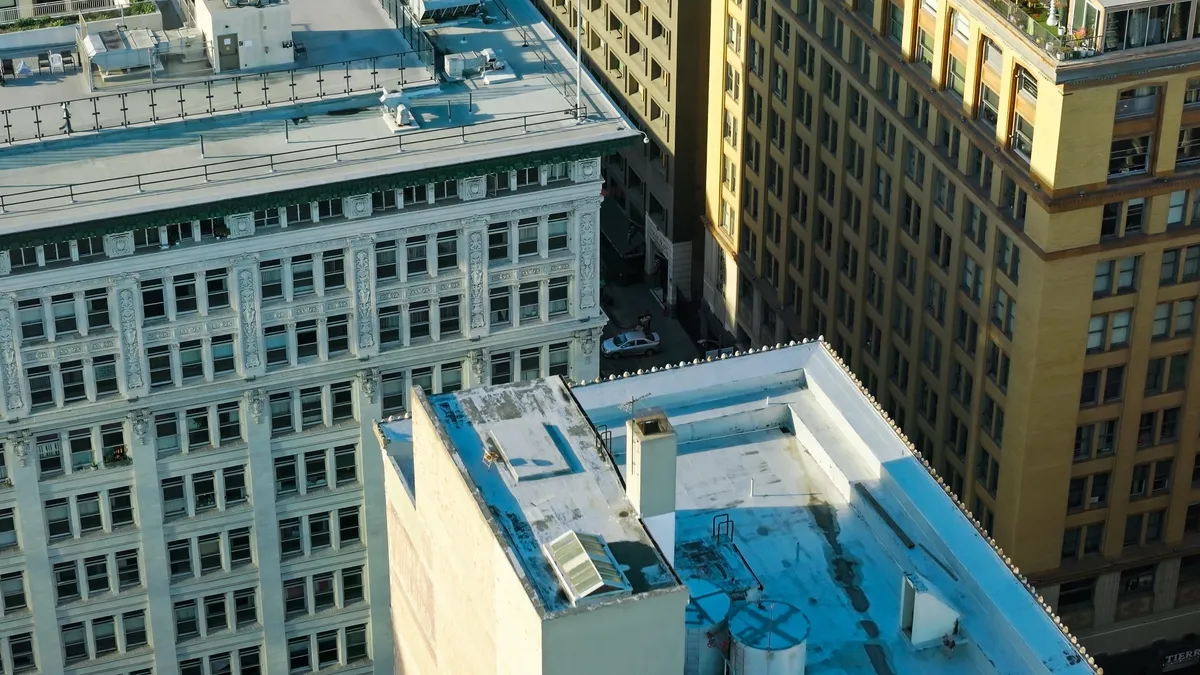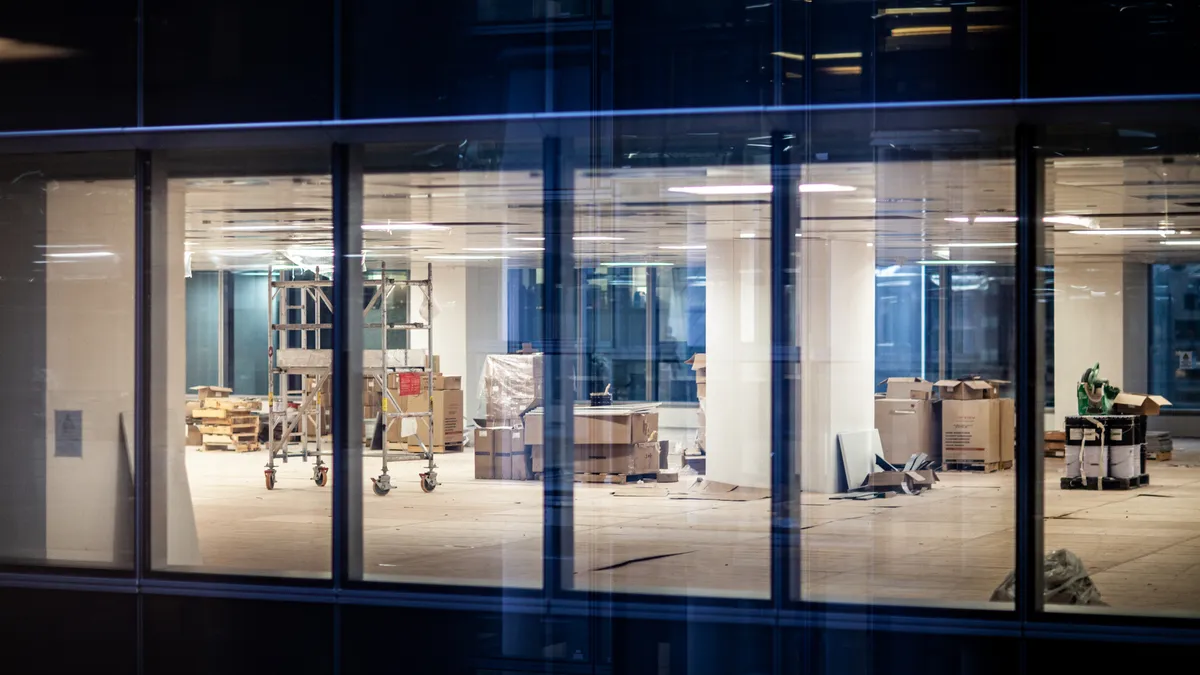As our world grows smaller with the addition of more increasingly connected devices, the need for infrastructure supporting those devices' data is only going to become greater.
Medical and financial records, social media services, entertainment and industries from shipping to manufacturing to retail — we expect that data to be available to us at all times with just the click of a mouse or the tap of a smartphone icon. Chances are, all that information is moving through a data center.
'Where the action is'
Data centers are information warehouses that are able to host all or a portion of a company's IT operations in one location. These warehouses use what can sometimes amount to thousands of servers amassing, storing and redistributing information via the cloud or otherwise.
Once upon a time, data centers were a tool of enterprise users — huge companies that dealt with so much data that it made sense to corral the related functions into one physical area, according to Curt Holcomb, executive vice president of data center solutions at real estate firm Jones Lang LaSalle's (JLL) Dallas-area offices. Those facilities typically ranged anywhere from 40,000 square feet to 250,000 square feet.
Today, Holcomb said, the market is all about colocation. In such arrangements, a third-party data center hosts multiple companies' servers in the same location, providing any other necessary equipment, space and bandwidth capacity. That share of the market is outgrowing enterprise facilities by leaps and bounds with most Fortune 500 companies opting to outsource their data centers via colocation, Holcomb said. "That's where the action is," he said.
As one would expect, those facilities are even bigger than their enterprise forebears, clocking in at an average of 150,000 square feet to 600,000 square feet, Holcomb said.
Mason Mularoni, a senior research analyst also with JLL, said the size of colocation data is growing as demand increases and providers gain economies of scale. If they can further drive down costs by building bigger, he said, then so be it.
Still, there are other data centers being built to host just one company — and tech companies like Google, Apple and Facebook are chief among them. However, unlike their predecessors, these companies see unprecedented avalanches of information cycling through their servers. And the magnitude of their data center programs reflect that.
Though these companies often have to shell out more on the massive centers needed to process their data, they’re also on the receiving end of tax breaks and other incentives from municipalities eager to benefit from their presence economically.
In August, Facebook announced that it would build a $750 million, 900,000-square-foot data center near Columbus, OH, for which it received $37 million in tax breaks. The social media mainstay is also building $1 billion data centers in Los Lunas, NM, and Henrico County, VA, near Richmond. Combined, the company is snapping up billions of dollars in incentives to build millions of square feet for its data.
Data center colocation providers tend to gravitate toward the same areas, said Jon Weems, property manager at national commercial real estate firm Transwestern. "It has its own gravity. There's tons of consolidation into major marketplaces," he said.
All in the design
One of those markets is Northern Virginia, specifically Ashburn, which has come to be known as "data center alley." According to Mike Kilkeary, an associate principal engineer at Southland Industries, easy access to high-quality fiber infrastructure, relatively cheap power costs and a robust water supply is what drive data center owners to set up shop in the region.
For Southland, a commercial MEP (mechanical, electrical and plumbing) contractor in Dulles, VA, keeping that data center machinery cool is one of their areas of expertise. Water, Kilkeary said, is a key player in most data center cooling solutions, particularly in more energy efficient setups.
If cooling systems were to fail and servers were left to run, the heat generated by the equipment could ruin it and risk losing stored data, Kilkeary said. That scenario, however, is highly unlikely given the detailed design of most data centers.
"It would be difficult [for that] to happen because [the data centers] are all tied into the same power grid," he said. "When you design data centers, you don't put yourself in a situation where that would be possible. You’re going to build in reliability and enough redundancy that it would never be possible."
If there were some catastrophic power failure, however, UPS and battery systems would keep most data centers operational for the 30-second lag time before backup generators kick in. That system, Kilkeary said, is what makes a data center's electrical design one of its most important elements.
For that reason, using solar energy to power data centers is a tricky proposition, according to Mularoni. "If anything goes offline," he said, "a lot of these facilities have backups to backups. Solar power is not a steady stream of energy." Still, that caution hasn't stopped companies like Facebook from building in solar energy to their data center projects.
Accounting for the unexpected
Because their steady performance is critical to operations, Weems estimates that between 50-60% of a data center's construction cost goes toward the electrical and mechanical components that cool the equipment.
And when it comes to construction, the primary objective, Weems said, is fortification. "You want a hardened shell to deal with any sort of disaster situation," he said. For example, a data center located along the West Coast would require more funds geared toward ensuring its resiliency against earthquakes, while a structure along the Gulf Coast might be designed to withstand high winds.
From an overall development aspect, he said, the more land the data center can purchase, the better, in order to account for future expansion. The same goes for power capacity, the need for which is likely to increase in step with technological advancements and demand for services.
"Driving the market will be companies you've never heard of doing things we can hardly imagine."

Jon Weems
Property manager, Transwestern
Data center design also has to account for security, as data security becomes an increasingly larger concern among stakeholders. That can mean more money for features like biometric systems and even military-grade fencing.
All of these specialized construction elements, Kilkeary said, is why owners, architects, engineers and contractors are collaborating early in the design process. Level of redundancy, scalability, flexibility to accommodate single clients or multiple clients — all these affect cost models. And it is far easier and more efficient to hammer out the details as early as possible, he said.
So where is the data center market headed? Investments in the category for the first half of this year already doubled that of 2016 in its entirety at $18.2 billion, according to CBRE. If the market holds that pace, investments in data centers this year could surpass the total of the past three years combined.
With data and its cost of transmission growing less expensive, and with the amount of sheer data and the devices wielding it increasing, Weems sees the further proliferation of data centers as a given. "Driving the market," he said, "will be companies you've never heard of doing things we can hardly imagine."



















